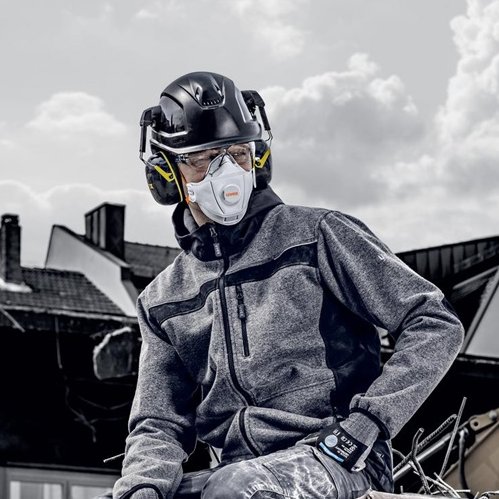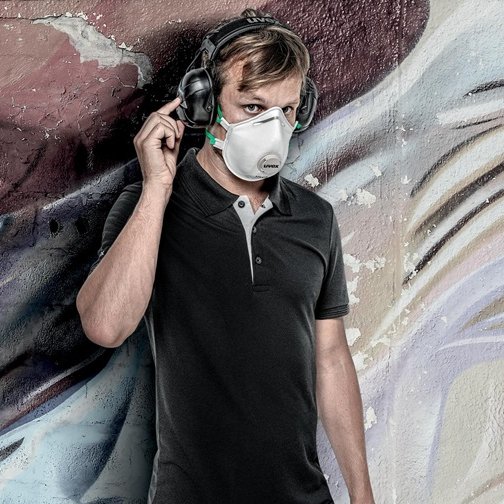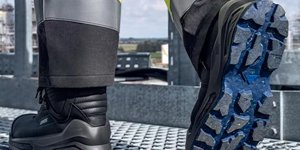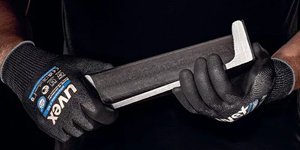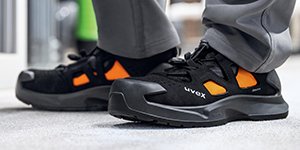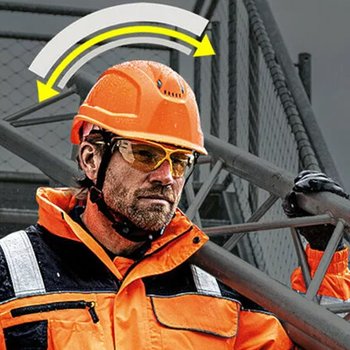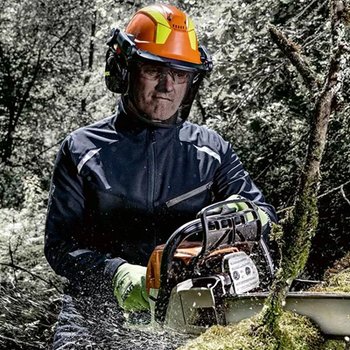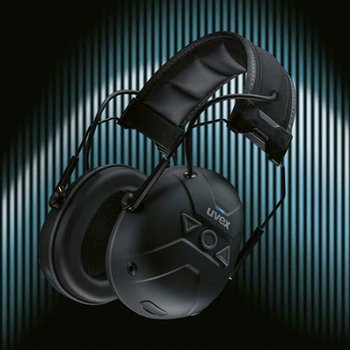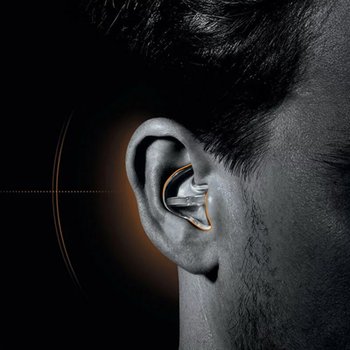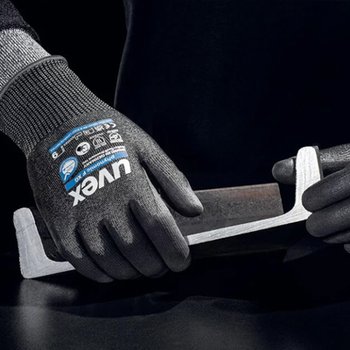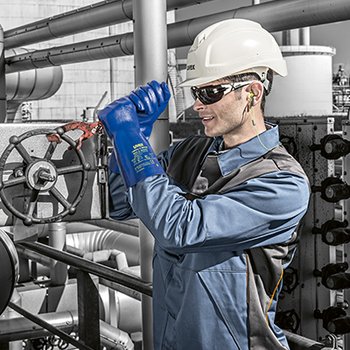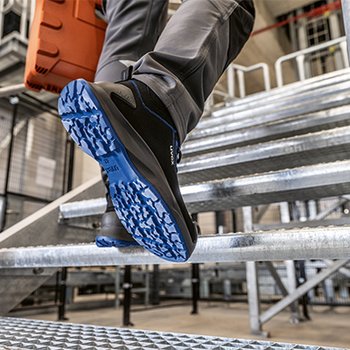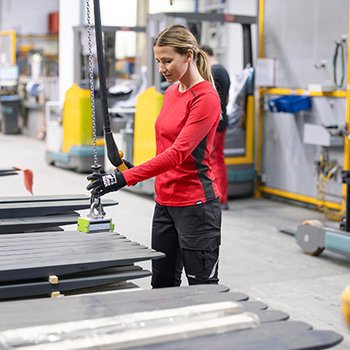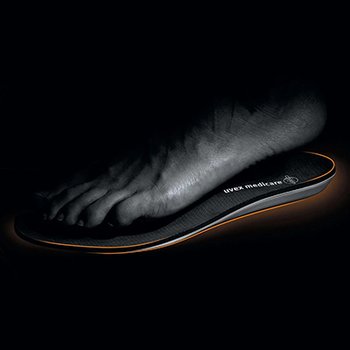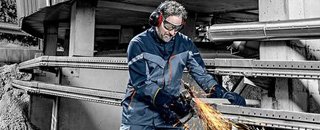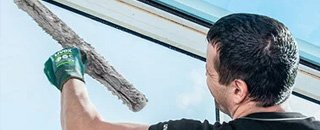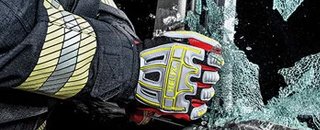
FFP3 masks – Strong protection for hard jobs
Whether in the chemical industry or in hazardous work - FFP3 masks are a strong protection against dangerous dusts, aerosols, mists and spores. They can save you from toxic, carcinogenic or even radioactive particles. Here you can find out everything you need to know to get through your everyday work safely and securely.
How do you recognise a real FFP3 respirator?
FFP3 masks are part of personal protective equipment (PPE) and must be certified according to the strict EN149:2001+A1:2009 standard. These masks provide the highest level of protection, filtering at least 99% of harmful particles from the air. They can effectively protect against harmful and toxic dusts, smoke and aerosols. Carcinogenic and radioactive pollutants as well as pathogens such as viruses, bacteria and fungal spores are also filtered.
FFP3 masks can withstand loads that are up to 30 times the legal occupational exposure limit (OEL*). The total leakage must not exceed 5%. To ensure that you can recognise the level of protection at first glance, all uvex FFP3 masks are labelled in black.
The CE marking and a test number on the mask and its packaging also indicate that the mask has been tested according to the relevant standards.
*OELs = The occupational exposure limit values (OELs) are the average concentration of a substance in the air in the workplace, up to which no damage (chronic or acute) is to be expected if employees work there for eight hours a day for five days a week. The OELs replace the maximum workplace concentration (MWC) and the technical reference concentration (TRC) – however, as long as both of these values are not yet fully taken into account in the OELs, they can still be used on an interim basis for assessing risks in the workplace.
Infobox: What does total leakage mean for respirators?
The total leakage of a respirator describes how much air enters through the mask from the outside. It is caused by filter passage and leaks on the face and nose. However, due to their orientation towards the human anatomy, uvex respirators largely avoid this leakage.
All FFP3 models
FFP1, FFP2 or FFP3 mask – what are the differences?
There are three protection classes of respirators. These differ in the following points:
- What percentage of particles are filtered.
- Protection in relation to legal limits.
Here you can find out more about the importance of FFP protection classes.
What exactly do the individual mask classes filter?
- FFP1 masks protect against dust that is not harmful to the lungs.
- FFP2 masks keep out harmful dusts, mists and viruses such as corona viruses.
- FFP3 masks go even further: toxic aerosols, carcinogenic substances, radioactive particles, viruses and bacteria are filtered.
Important! If you work with vapours or gases, use a gas mask – FFP masks do not protect here.
Maximum wearing time and durability of FFP3 masks
FFP3 respirators provide reliable protection, but this protection is also limited in time. You should wear disposable masks for a maximum of eight hours - i.e. a normal work shift. After that, the filter performance decreases, especially if the mask is affected by moisture. If the mask is damp or noticeably dirty on the outside, you should change it immediately to maintain the protective effect.
Also, make sure to take a 30-minute break after about 150 minutes of wear.
Reusable masks (marked with "R" for "reusable"), on the other hand, can be used for a second work shift. However, the same applies here: If the mask is damaged, the filter performance decreases or the breathing resistance increases, you should replace it immediately.
Cleaning is essential for reusable masks in order to maintain the protective function. It is best to use a suitable disinfectant spray or cleaning wipes for this. Thoroughly clean the sealing lip and inside of the mask and allow it to dry completely before reusing the mask. Be careful not to wash the FFP3 mask, as this will affect the filter performance.
Important! After each use, you should thoroughly clean and disinfect the reusable FFP3 mask to ensure full protection for the next use. However, you should not work with the mask for more than two shifts.
How often should you change the mask?
Even with reusable masks, it is advisable to replace them regularly - at the latest when the mask is visibly dirty, damaged or soaked. Thorough cleaning should be done after each use, and if there is a high level of pollutants or when working with biological substances (such as viruses), it is advisable to change the mask more often and use a fresh mask.
How long do FFP3 masks last?
The shelf life of FFP3 masks is usually indicated on the packaging and is about three to five years, depending on the manufacturer. It is important that the masks are stored in a dry and clean place, ideally in an airtight bag to protect them from dust and moisture. After the expiration date, you should stop using the mask as the filter performance and sealing function may be impaired.
The right way to wear them - How FFP3 masks fit securely
For optimal protection, your FFP3 mask must fit correctly. Make sure it fits snugly and seals well. How to wear your mask correctly:
- Wash your hands: Clean your hands before putting on the mask.
- Put on the mask: Place the mask over your mouth and nose and avoid touching the filter surface.
- Adjust the nose clip: Press the nose clip tightly against your nose. If you have problems adjusting, you can try to form a "W" with the nose clip before putting it on.
- Adjust straps: Adjust the straps so that the mask fits tightly but comfortably. The lower headband should be placed at the neck and the upper one above the ears.
- Check the tight fit: Test that no air is escaping by inhaling and exhaling deeply.
Tip: Do not wear a beard, as this will interfere with the sealing. If you use safety glasses, make sure you have a suitable goggles-mask combination.
Discover these forms of FFP3 masks from uvex
Our masks come in two forms: as curved shape masks or foldable masks that you can fold flat like a coffee filter. No matter which one you choose, the masks provide high wearing comfort and protection. All our FFP3 masks also have a valve that reduces breathing resistance. Are you looking for protection from unpleasant odours in particular? Then masks with a special layer of carbon are suitable.
uvex respirators provide effective protection against harmful and toxic substances. Find the right model for your requirements and buy FFP3 masks directly from the online shop. If you have any questions, our expert advice will be happy to help you – contact us today!
Still haven't found the right one for you?
Find out more about uvex respiratory protection.
